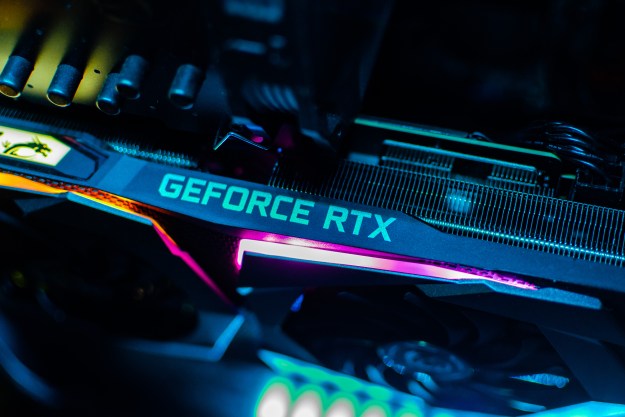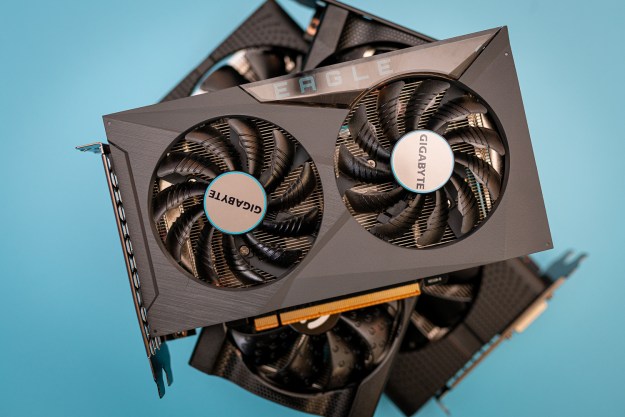
AMD has officially launched its Quad FX platform, targeting “megatasking” users and computing enthusiasts with pairs of the company’s Athlon 64 FX-70 series of dual core processors and chipsets from Nvidia, rather than AMD’s recently acquired graphics chipmaker ATI. The idea is to create a powerhouse offering designed to appeal to folks who need to run multiple demanding, multitheaded applications—think video editing and 3D rendering—or who just have to ow the biggest and hottest rigs to support their gaming habit. The Quad FX platform features AMD’s Dual Socket Direct Connect (DSDC) architecture, which the company claims is the first dual-socket, multi-core solution designed to “take advantage of the latest enhancements in Windows Vista Ultimate” by enabling high-bandwidth communication between matched processors.
“The emergence of a dual-socket consumer platform is critical for enthusiasts who demand systems that offer the sheer power and system headroom to let the enthusiast configure this system to his or her heart’s content, and launch a fleet of entertainment and productivity applications at once,” said Bob Brewer, corporate VP of AMD’s Desktop Division. “AMD is redefining performance by enabling our customers to take advantage of the amazing megatasking capability of two AMD Athlon 64 FX-70 series processors in the AMD Quad FX Platform.”
AMD is claiming the Quad FX platform can handle enormous amounts of data in real time, including support for “outrageous” configurations like 12 SATA controllers managing 9 TB of storage, support for four or eight monitors using four PCI-E video cards, simultaneous processing of up to 20 USB 2.0 channels or four gigabit Ethernet ports. AMD’s DSDC architecture theoretically enables customers to upgrade their systems as their needs evolve, with eventual eight-core (quadcore × 2) systems on a horizon as a “seamless” upgrade in 2007.
AMD’s pricing for Quad FX FX-70, FX-72, and FX74 processors (2.6, 2.8, and 3.0 GHz) are $599, $799, and $999, respectively, and should be available from NewEgg today, with worldwide availability in early 2007. System builders should be offering Quad FX systems in the near future.
However, all may not be rosy for AMD’s Quad FX: early reports of the Quad FX’s performance and power consumption don’t show the processor in a favorable light compared to Intel’s Core 2 Extreme QX6700; PC Perspective cites a study from the Japanese Impress showing the Quad FX FX-74 gets into the same performance neighborhood, but at significantly higher power consumption. So get those cooling kits ready, folks.
Editors' Recommendations
- The one AMD 3D V-Cache processor you should avoid at all costs
- We have some good news about AMD’s next massive CPU launch
- AMD may finally launch what we’ve all been waiting for later this year
- AMD FSR (FidelityFX Super Resolution): everything you need to know
- AMD might be about to launch the most powerful laptop of 2023


